Beautifully set between mountains and vast forests, Hiroshima is a bustling and modern city. While walking the streets of the city, one could easily forget about the devastating event that once left the city in ruins.
Hiroshima was the first city in the world to be hit by an atomic bomb, dropped by the United States Army Air Forces at 8.15 AM on August 6th 1945. Unfortunately, Hiroshima wasn’t the last and only target.
Just three days later, at 11:02 on August 9th 1945, another atomic bomb exploded over the city of Nagasaki. The two incidents killed at least 129,000 instantly. But unfortunately, those deaths were far from the last. Because of the high levels of fatal radiation that the atomic bombs brought with them, several thousand people died in the following days, weeks, months or years and many even suffered painful deaths caused by the radiation decades later. Even today, over 180.000 survivers are still suffering from the effects of the atomic bombs. Hibakusha is the Japanese word for these victims and it translates to “explosion-affected people”.
To this date, Nagasaki is the last city to have been hit by an atomic bomb. But it was not the last place on Earth to be hit and the people of Nagasaki were not the last to suffer from atomic bomb explosions.
The stories of Hiroshima and Nagasaki are equally tragic, but people tend to forget about Nagasaki, because being hit by the second atomic bomb ever is not as significant as being hit by the first one. To me, Nagasaki is just as important as Hiroshima, as both cities have their own story to tell. Therefore, I decided to visit both cities while I was in Japan. My first stop was Hiroshima.
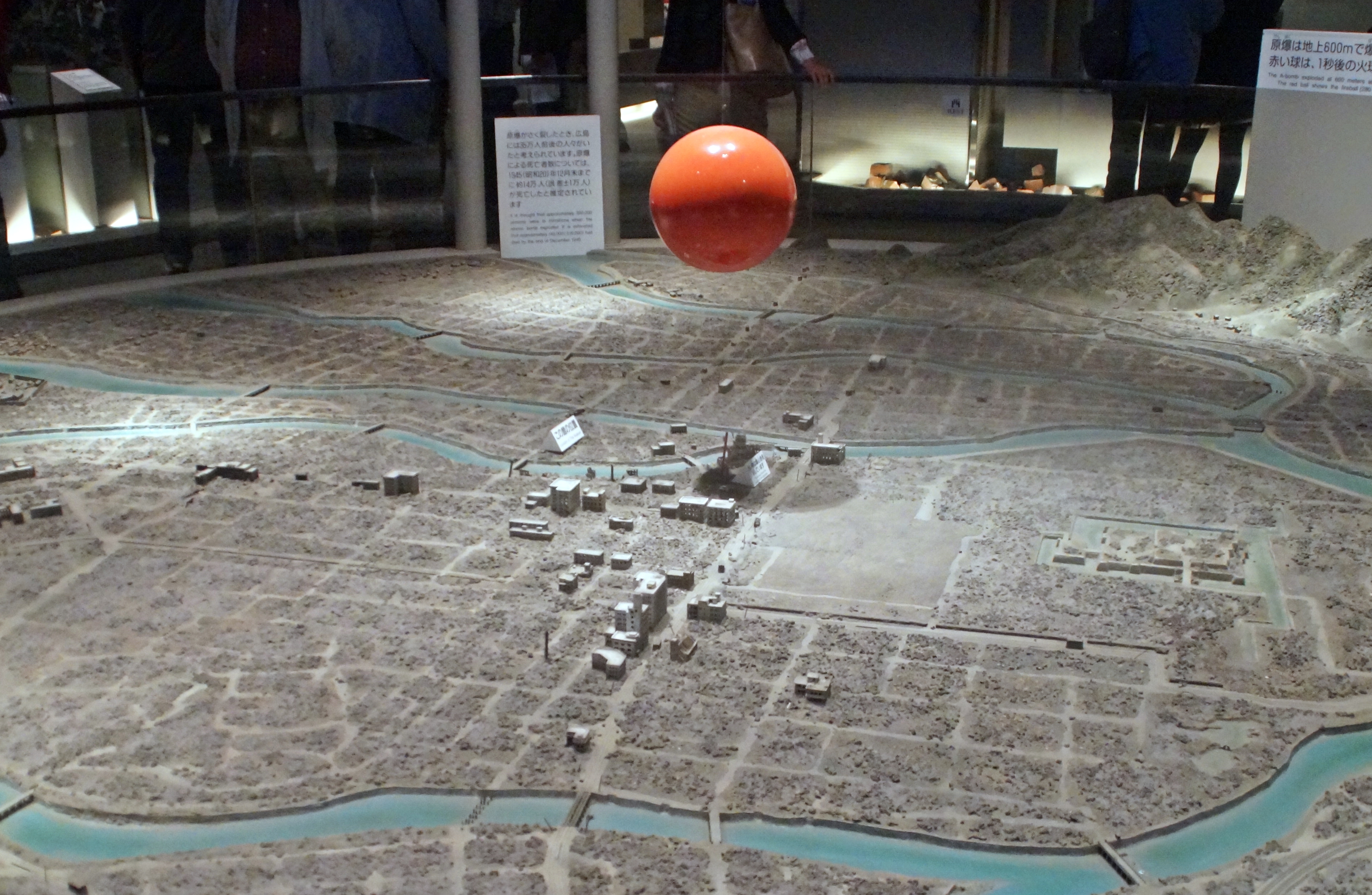
The atomic bomb over Hiroshima
When the atomic bomb was dropped on Hiroshima, over 70% of the buildings were destroyed. After the Second World War, which ended shortly after the two atomic bombs as Japan was forced to surrender, Hiroshima was rebuilt and in 1949, the city was proclaimed a City of Peace by the Japanese parliament. A Peace Memorial Park was constructed on the location of what was once the busiest district of Hiroshima. In 1955, the Hiroshima Peace Memorial Museum was opened in the park. On the other side of the river stands the Atomic Bomb Dome, which is the closest surviving building to the hypocenter. The purpose of the park and museum is to memorialize the many victims, create an understanding of the horrors of nuclear weapons and advocate world peace.
I spent a full day in Hiroshima, so I had plenty of time to explore the park and dig into the history at the museum. Although tourists flock to Hiroshima to visit the memorial park and museum, the place is just as peaceful as the city was not 71 years ago. With people having picnics among the wildlife next to blooming flowers, it’s hard to imagine how the place looked back then.
The museum I found very interesting, but unfortunately, it lacked information about the background of the attack, how the atomic bomb was constructed, how Hiroshima was chosen, how and why the atomic bomb was dropped on the city and how the reactions of the world were afterwards. There was information about the city before the atomic bomb, how it changed the city when it was dropped and how people are still living with the consequences today. What I did like about the museum was how personal the stories were. They went into detail about the individual victims and especially the story of the young girl called Sadako Sasaki had me fighting to keep the tears back.
Sadako was two years old, when the atomic bomb was dropped on Hiroshima. She survived the attack and later became the most widely known hibakusha, as she developed leukemia because of the radiation and when she was 12, she spent all of her time in a nursing home creating origami cranes. Sadako believed in an ancient Japanese legend that promises that anyone who folds one thousand origami cranes will be granted a wish by the Gods. Sadako’s wish was to live. Unfortunately, Sadako died shortly after finishing the 1,000 cranes. Sadako soon became a leading symbol of the impact of nuclear weapons.
In the Peace Memorial Park, there is a statue of Sadako holding a golden crane and every year on Obon, the festival for the dead, people leave origami cranes at the statue in memory of her and all the other children who suffered a similar death.
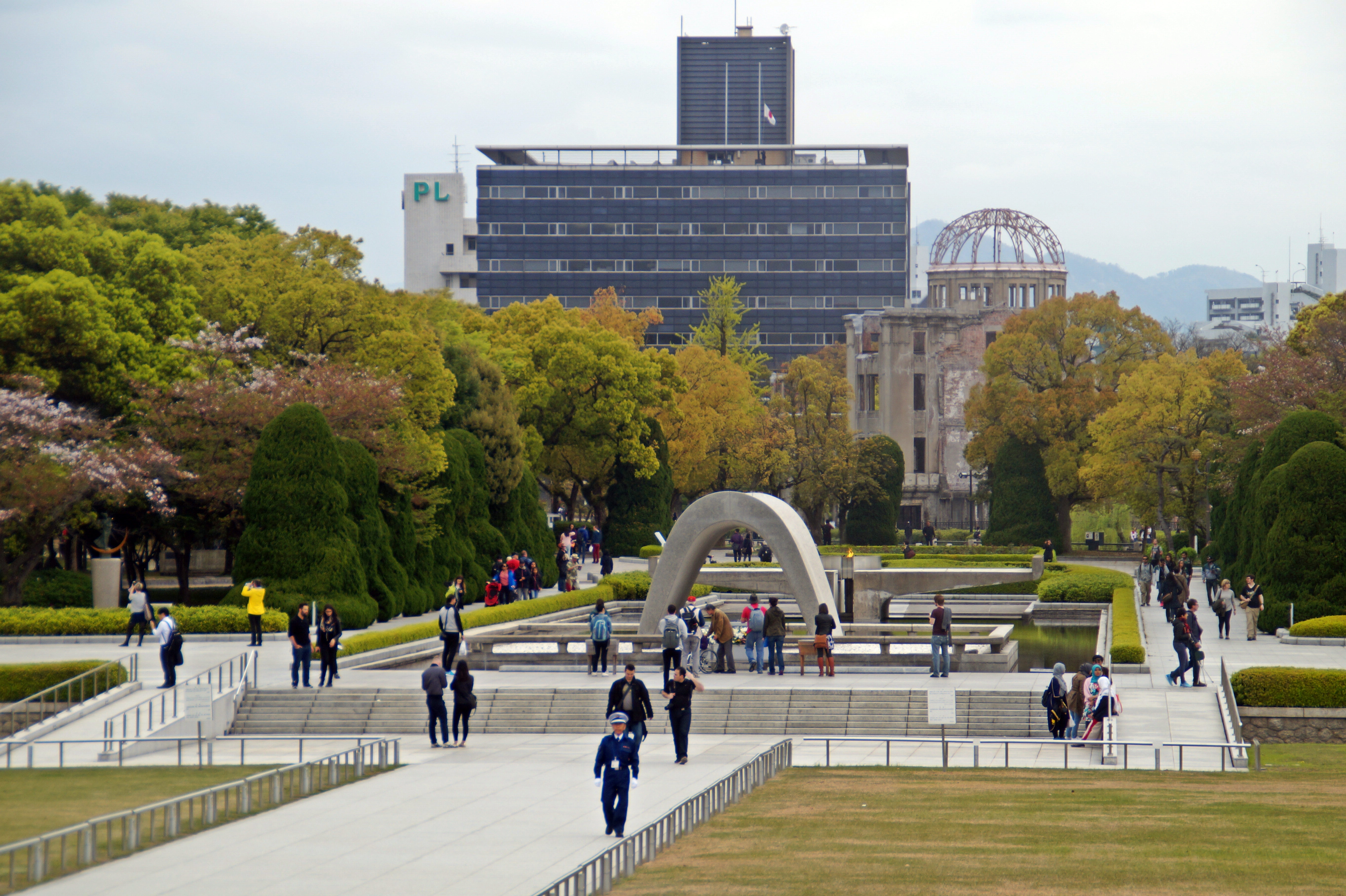
The Peace Memorial Park
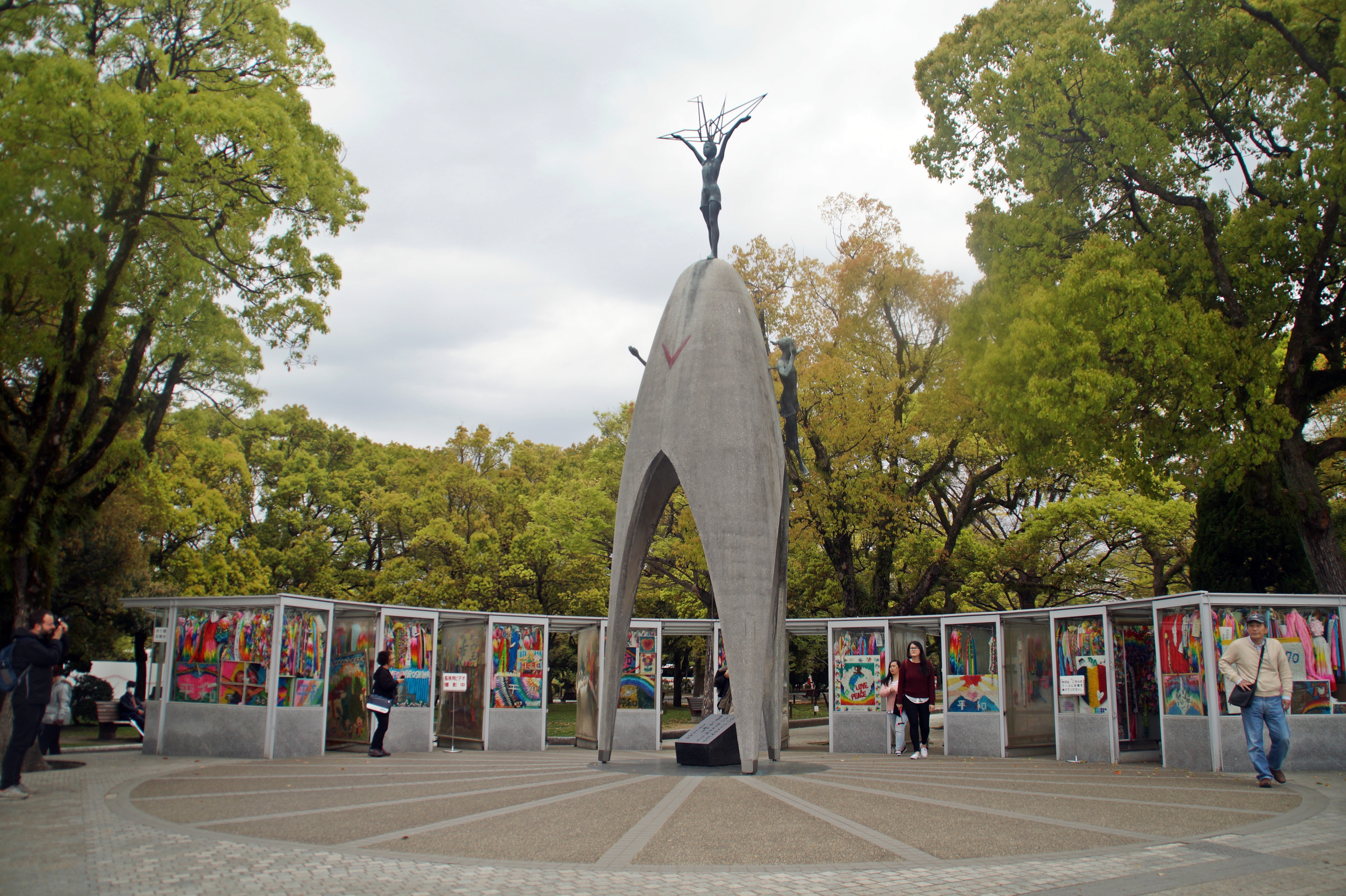
The statue of Sadako
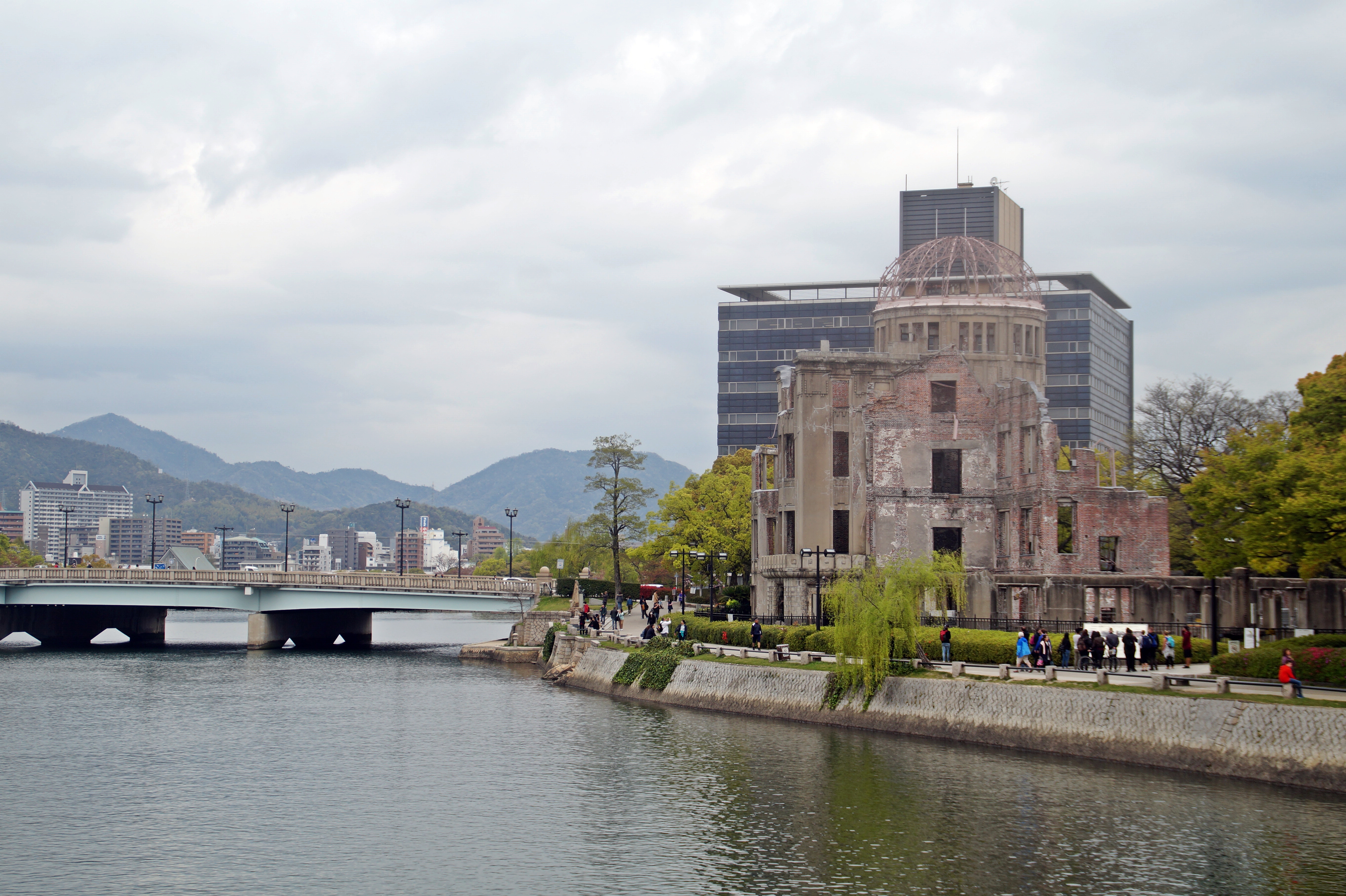
The Atomic Bomb Dome in peaceful surroundings
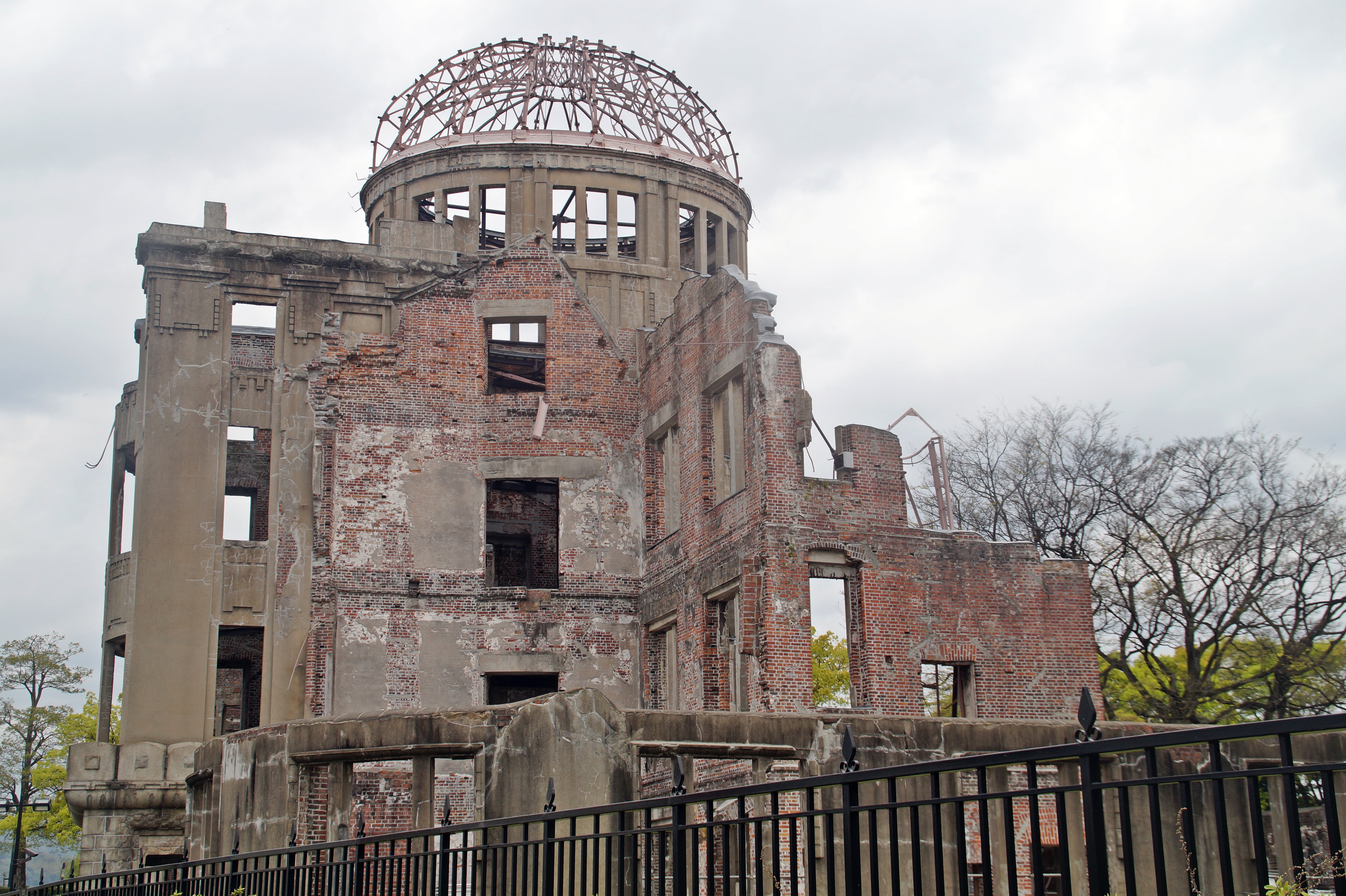
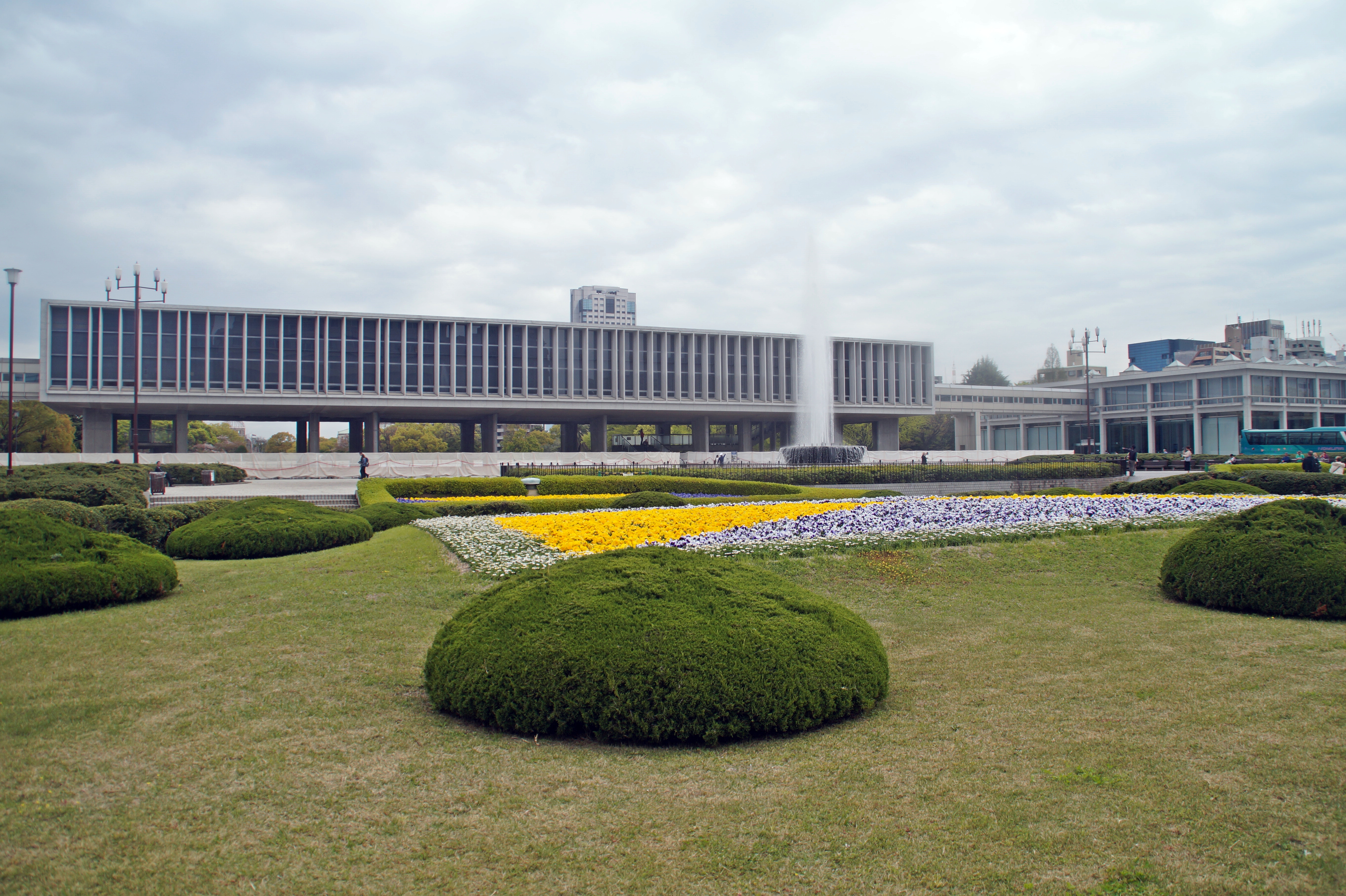
The a-bomb museum
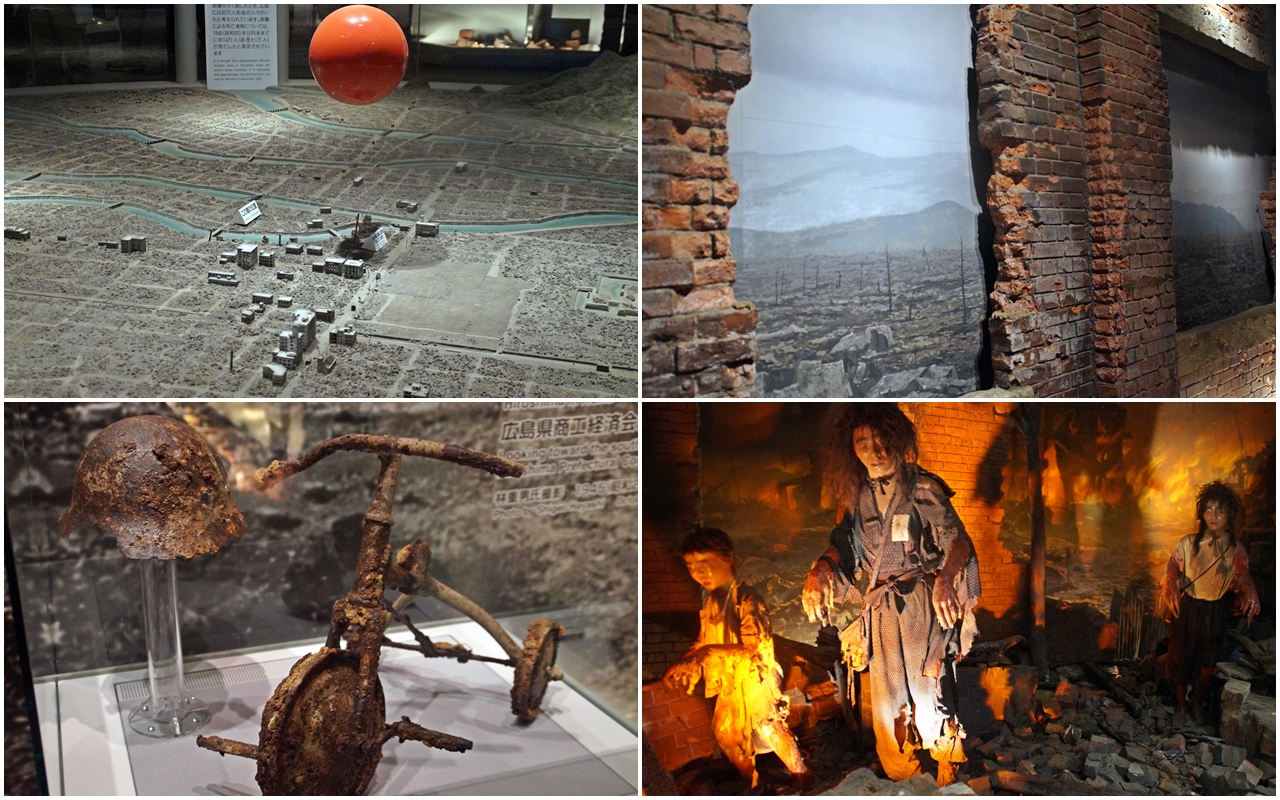
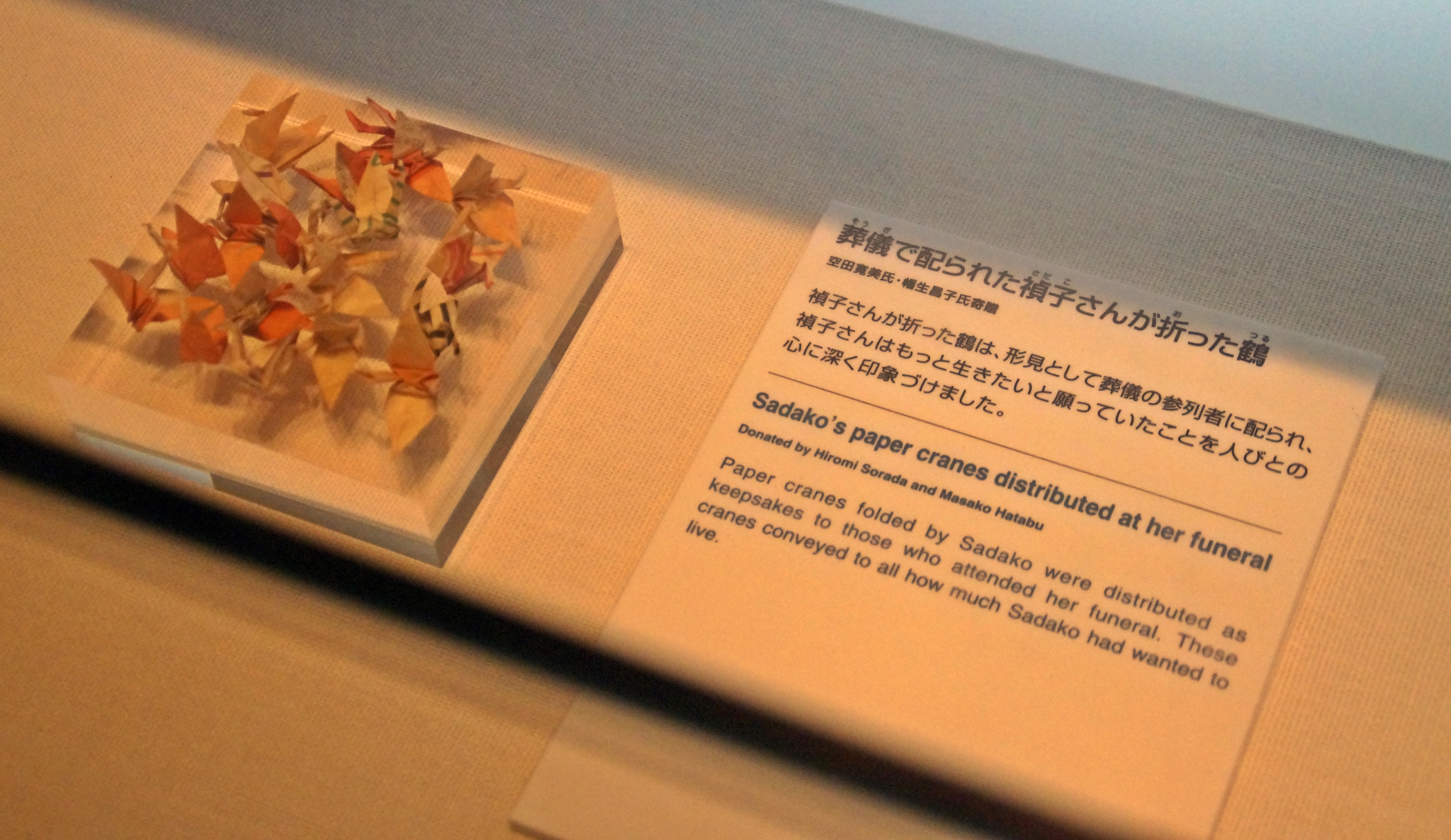
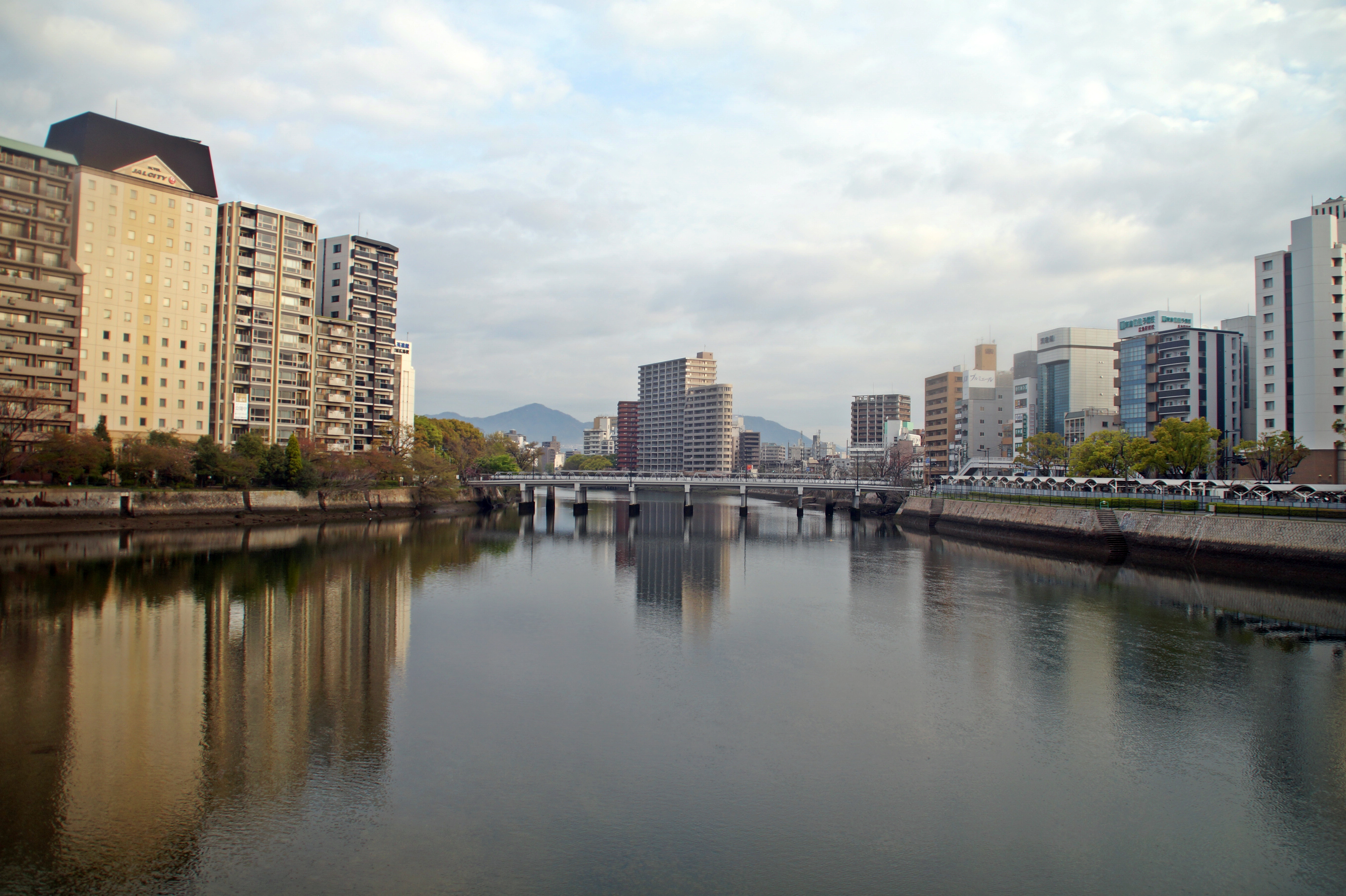
Hiroshima today – a city well worth visiting
A few days after my trip to Hiroshima, I caught a bus from Fukuoka in Southern Japan to Nagasaki, the second and last city to be hit by an atomic bomb. Unfortunately, I only had four hours to explore Nagasaki, something that I would really come to regret, as the city is a pure gem! Not only is it full of history, the city itself is also beautiful.
On the day of August 9th 1945, the Boeing B-29 Superfortress Bockstar, carrying a plutonium bomb, headed for the city of Kokura, which was the primary target. When the plane reached Kokura at 9.44 AM, it was too cloudy to make a visual sighting, which made it impossible to drop the bomb. At 10.30, the plane left the city and headed to the secondary target, Nagasaki, but Nagasaki was also too cloudy. The plane was running low on fuel, so the crew were close to terminating the mission. But at 11.02, there was a small opening of the clouds, which allowed them to make visual contact with the Urakami Valley in Nagasaki and the bomb was dropped. The fact that Nagasaki wasn’t even supposed to be hit makes it even more tragic.
While Hiroshima is definitely the most famous of the two, Nagasaki actually has a lot more to see relating to the atomic bomb. There are two parks that have been made to memorialize the victims, one at the hypocenter, the ground zero of the atomic bomb, and the Peace Park, which was founded with the desire for world peace in mind.
For both of these parks, it was said that no plant life would grow for 75 years. But just one month after the bomb was dropped, 30 kinds of plants started to grow. And today, 71 years after the tragedy, the parks are full of trees, flowers and wildlife, which shows the power of revival.
At the Peace Park stands the symbol of Nagasaki as the city of peace that it is today – the Peace Statue, where the raised right hand pointing to the sky represents the threat of the atomic bomb and the left hand stretching horizontally symbolizes eternal peace for the world. The slightly closed eyes of the statue expresses a prayer for the souls of the victims to find peace.
Close by the hypocenter lies the new Urakami Cathedral, a Roman Catholic church that was originally built in 1895, after a long-standing ban on Christianity in Japan was lifted. The atomic bomb detonated just 500 m. from the cathedral and left it in ruins. The Peace Park contains remnants of the cathedral’s walls, a part of the relics are preserved in the Hypocenter Park and the rest of the remains are on display at the Atomic Bomb Museum.
The destruction of the cathedral was viewed as a loss of spirituality by the Christian community in Nagasaki. They had fought a tough battle to have it built in the first place and now it was all destroyed. In 1959, a replacement was finally built on the original site and in 1980, it was remodeled to resemble the original French style.
By the time I had finished exploring the parks and the cathedral, I had only one hour to go through the musem. Unlike the museum in Hiroshima, the Nagasaki Atomic Bomb Museum tells the story from the beginning to the end, showing Nagasaki before the atomic bomb, the making of the atomic bomb, the planning, the operation, the dropping of the atomic bomb and the aftermath; how the bomb affected thousands of people several years later, how the city was finally rebuilt and how the events changed the world leading to even more atomic bombs being tested by several countries killing animals and plant life and exposing people to radiation (one has already been tested in 2016).
There were not as many gory details about what happened to the individual people, but instead there were more historical facts. Although the museum was still sad, I didn’t get as emotional as in Hiroshima, where it was way more personal. Nagasaki was much more informative though and I definitely learned the most from that museum.
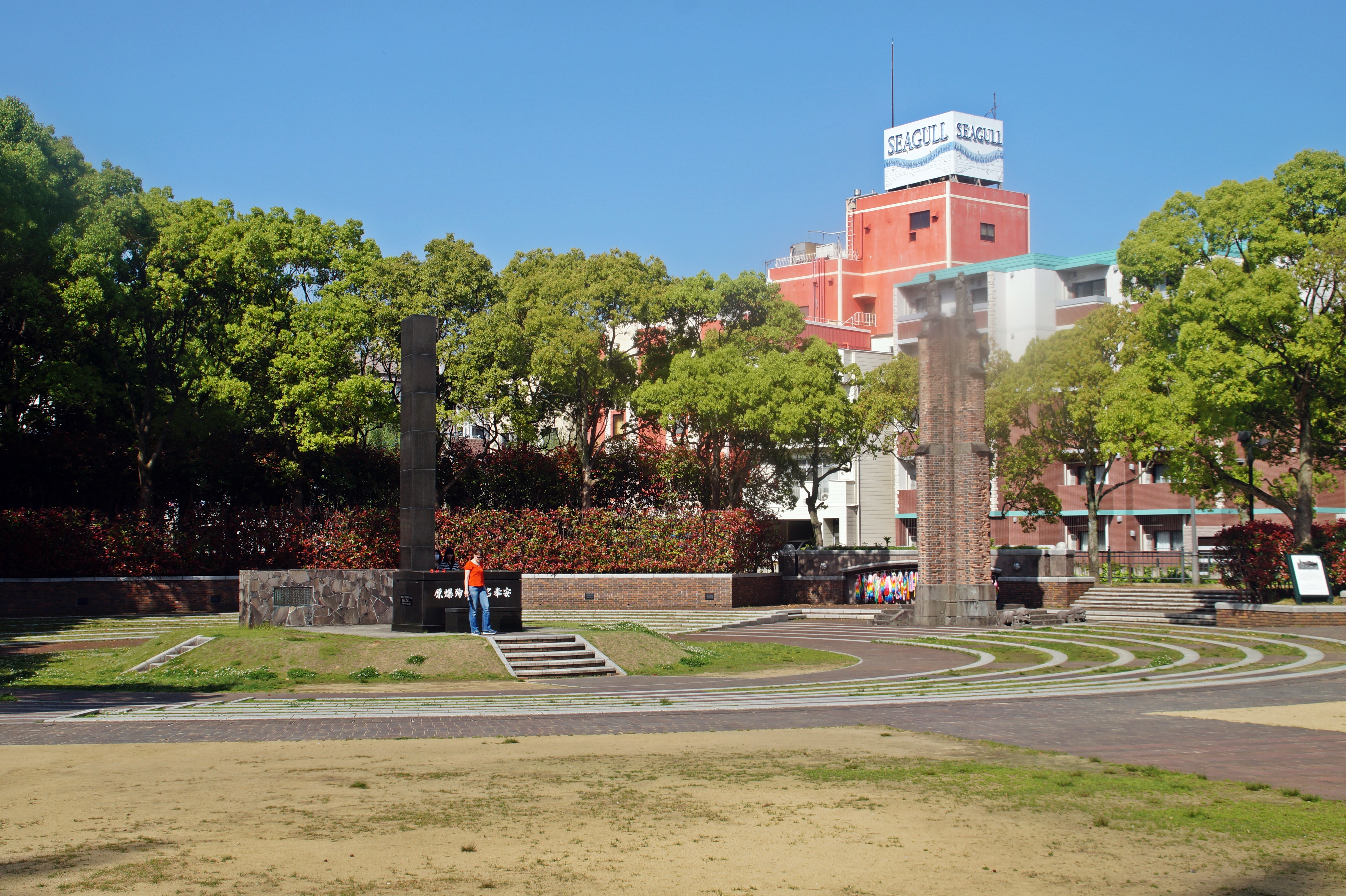
The Hypocenter Park
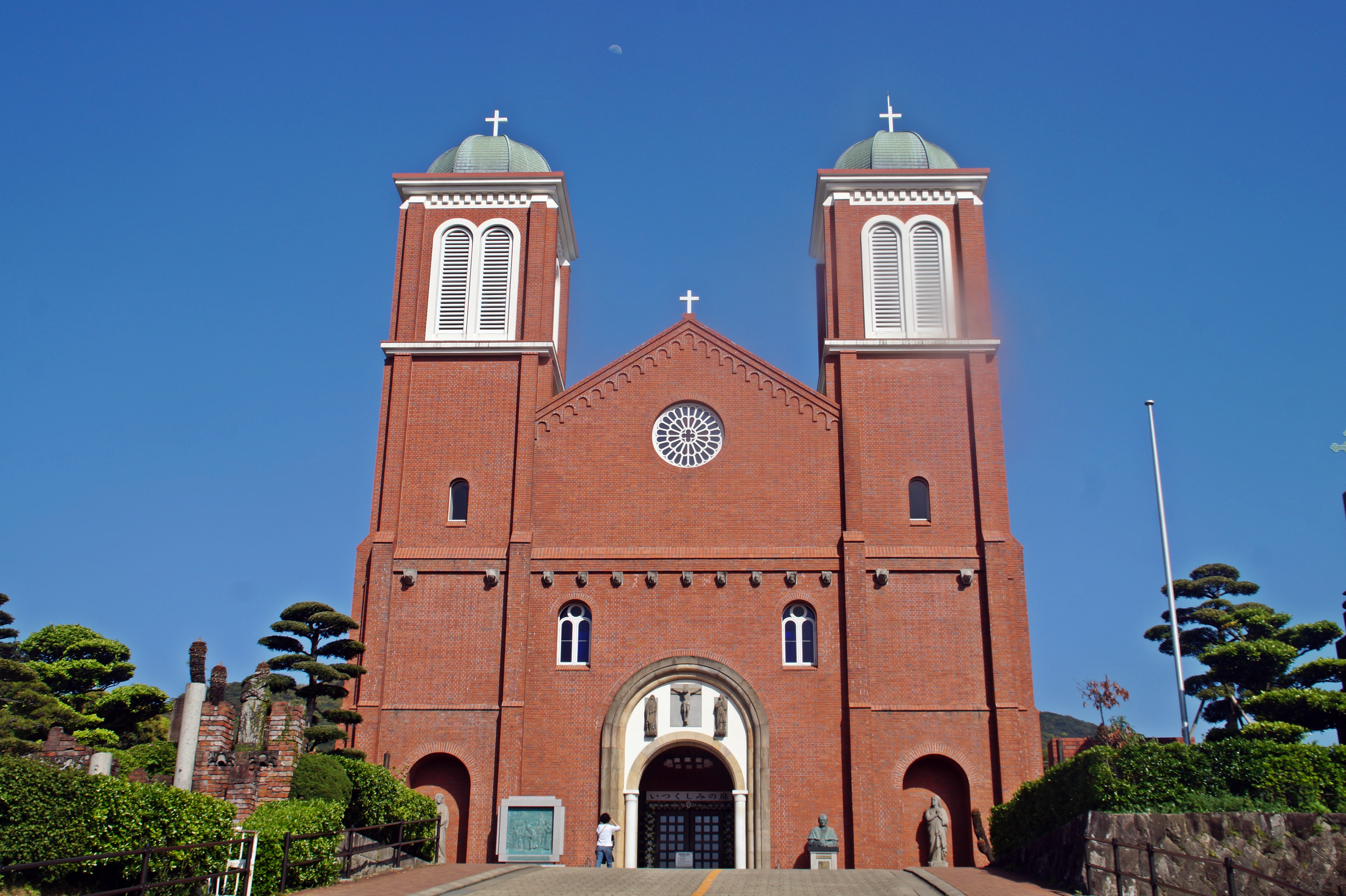
Urakami Cathedral
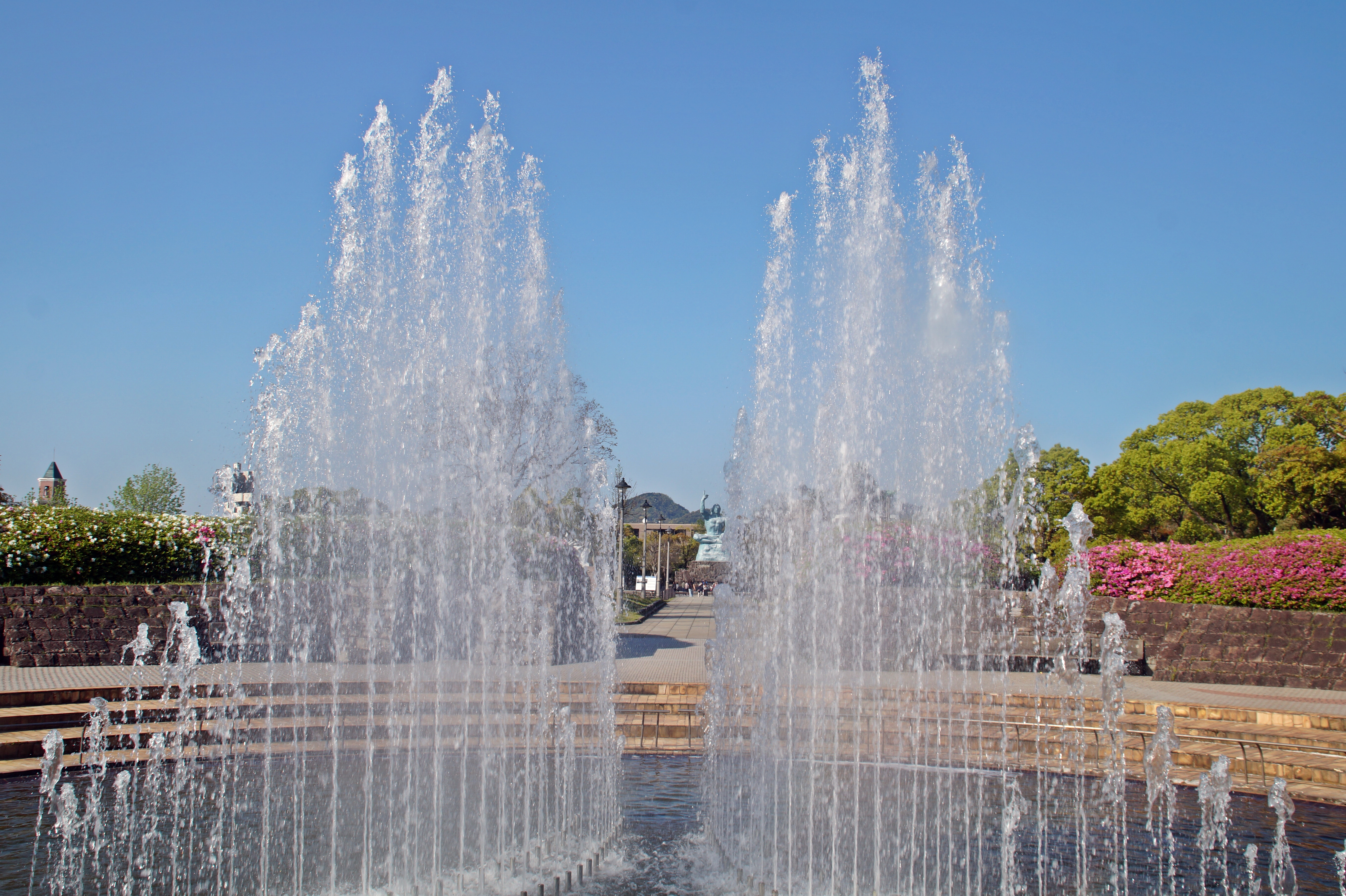
The Peace Park
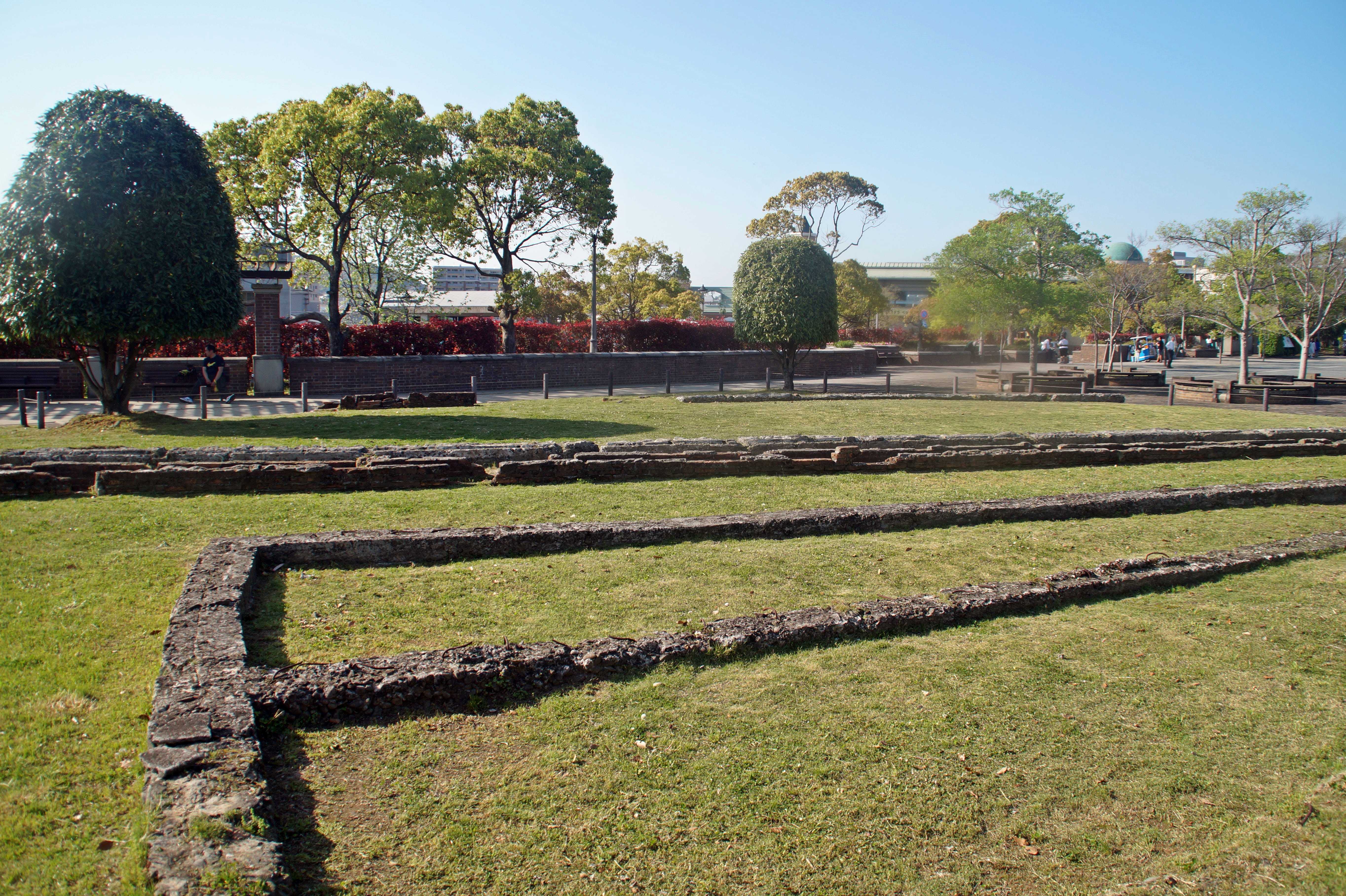
Remnants of the cathedral’s wall
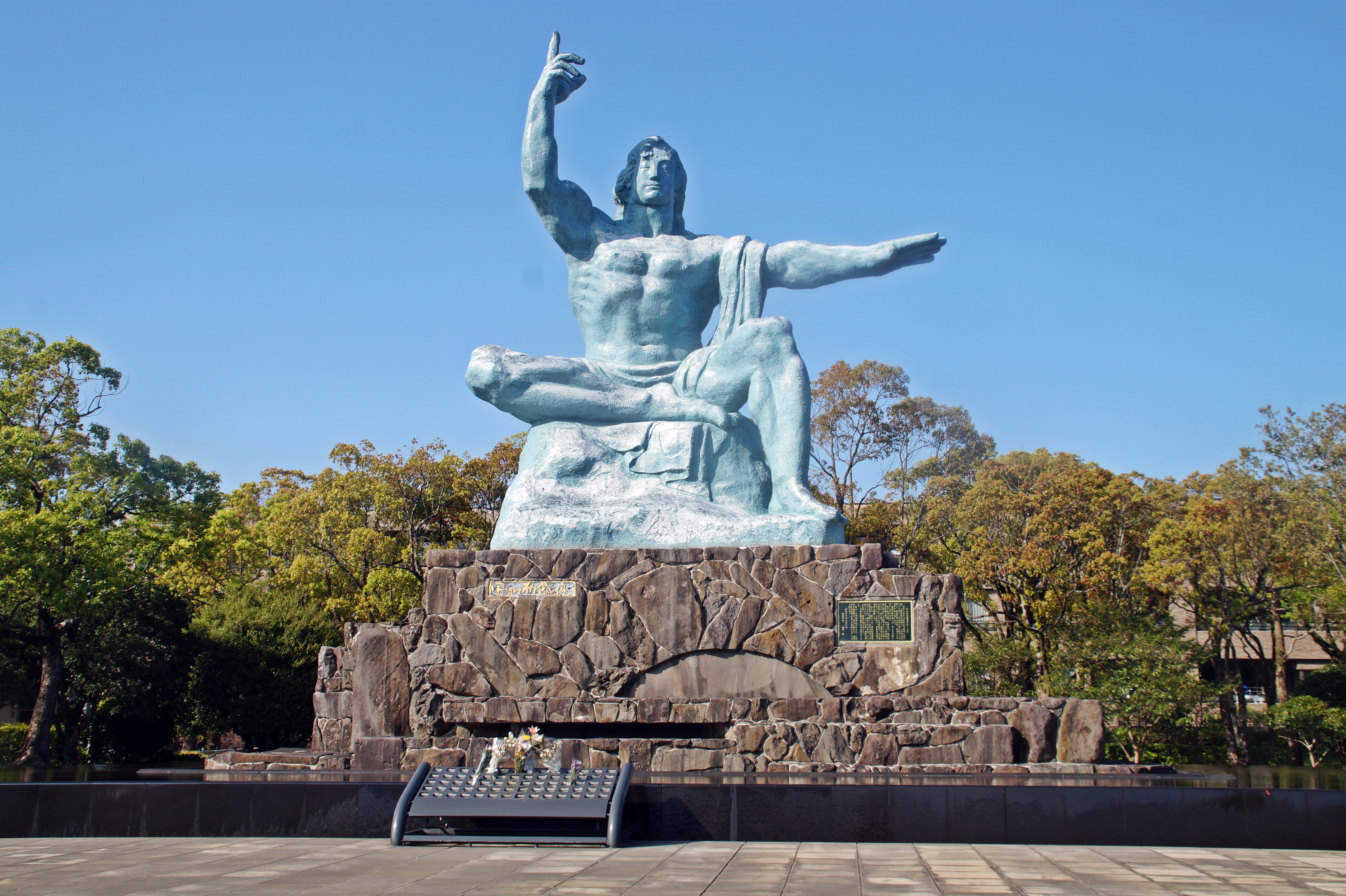
The Peace Statue – a beautiful symbol of Nagasaki

At the museum
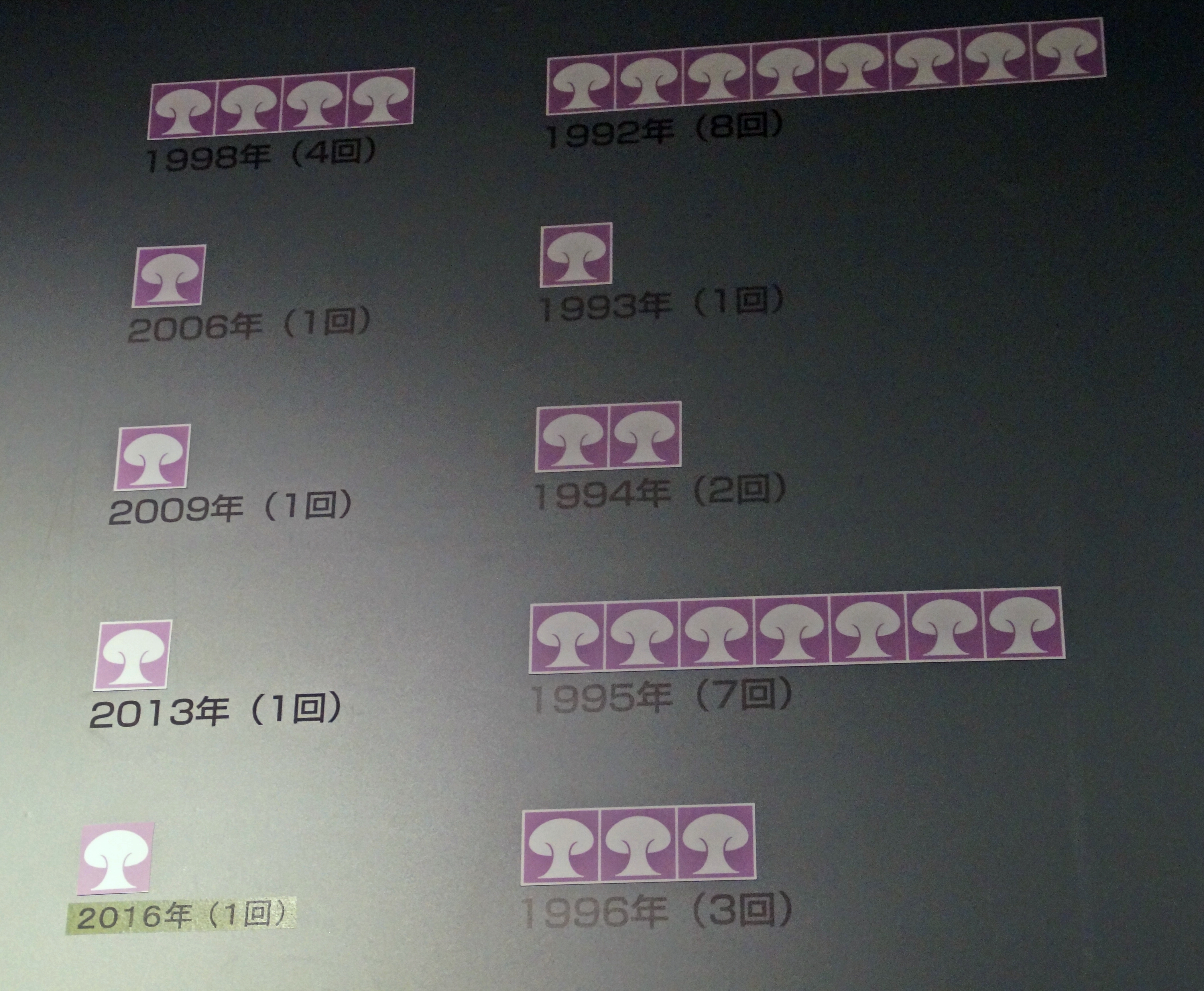
Now this is just scary – the number of atomic bombs that have been tested in recent years.
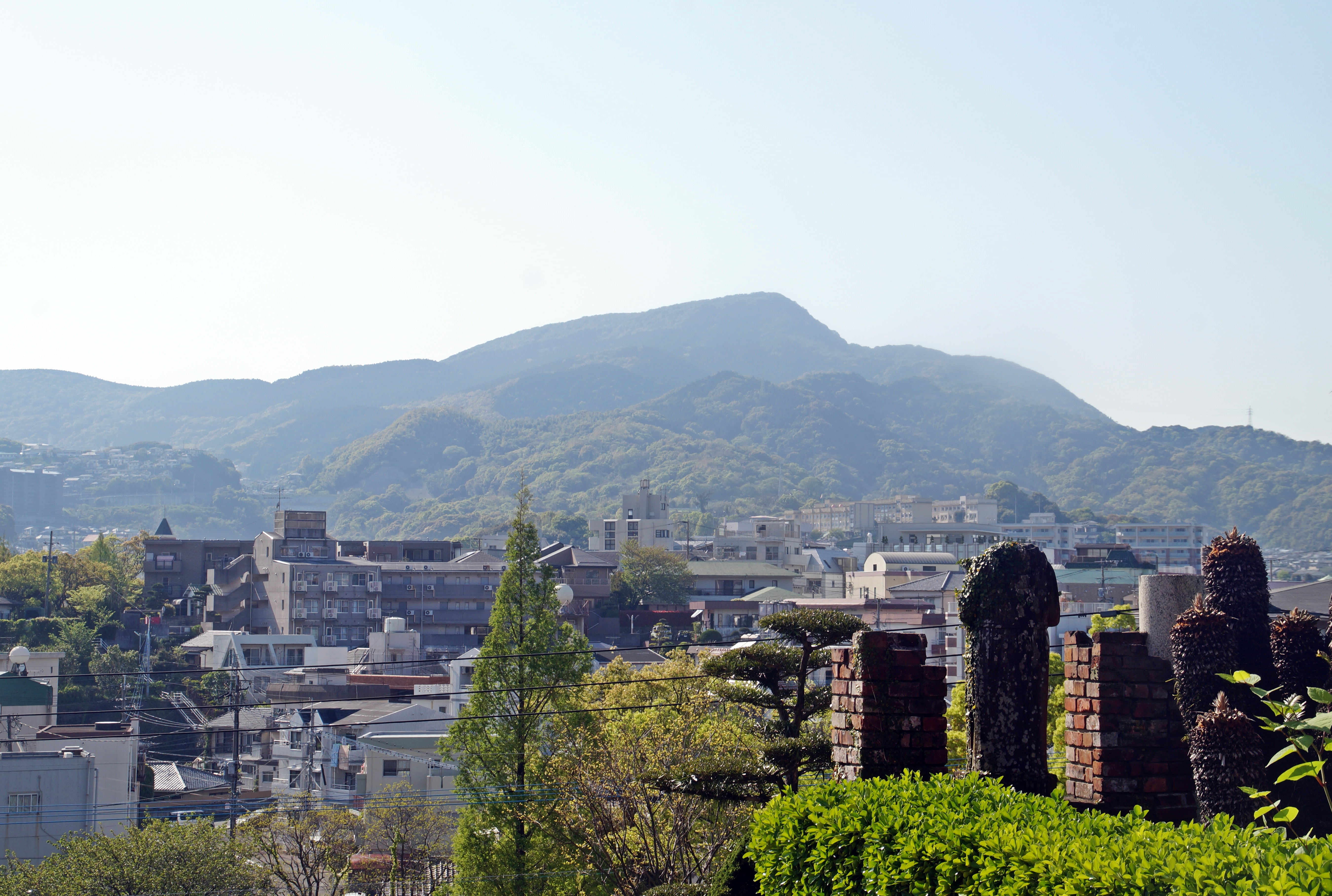
Nagasaki today – such a beautiful city
Visiting Hiroshima and Nagasaki was a learning experience that I think everyone should have. It’s important to not forget the impact of nuclear weapons in order to prevent tragedies like these happening in the future.
The atomic bombs in themselves were a tragedy, but what happened in the many years afterwards because of the radiation was something that no one had seen coming. Imagine living in fear of dying every day. Personally, I believe that the United States owe Japan an apology. I realize that the bombs were “justified”, as it ended the war and possibly saved thousands of lives in that twisted way of thinking. But the United States made a big mistake, when they didn’t take into consideration the consequences that it would have on many people’s lives in the years to come.
I recommend visiting both Hiroshima and Nagasaki, as they have two separate stories to tell. If you want to read personal stories and really understand the effect that the atomic bombs had on individual victims, you should go to Hiroshima. If you want to learn about the historical facts on why the atomic bombs were made, why they hit Hiroshima and Nagasaki and how it changed the world, you should go to Nagasaki. But ideally, if you want to know it all, get to understand the history and get to see how it affected the lives of thousands of people, you need to visit both cities. I for one am very glad that I did, as the experiences were very different.
In the Peace Memorial Park in Hiroshima, there is a fire that will burn until every atomic bomb on Earth has been destroyed. I hope that this fire will not burn eternally.
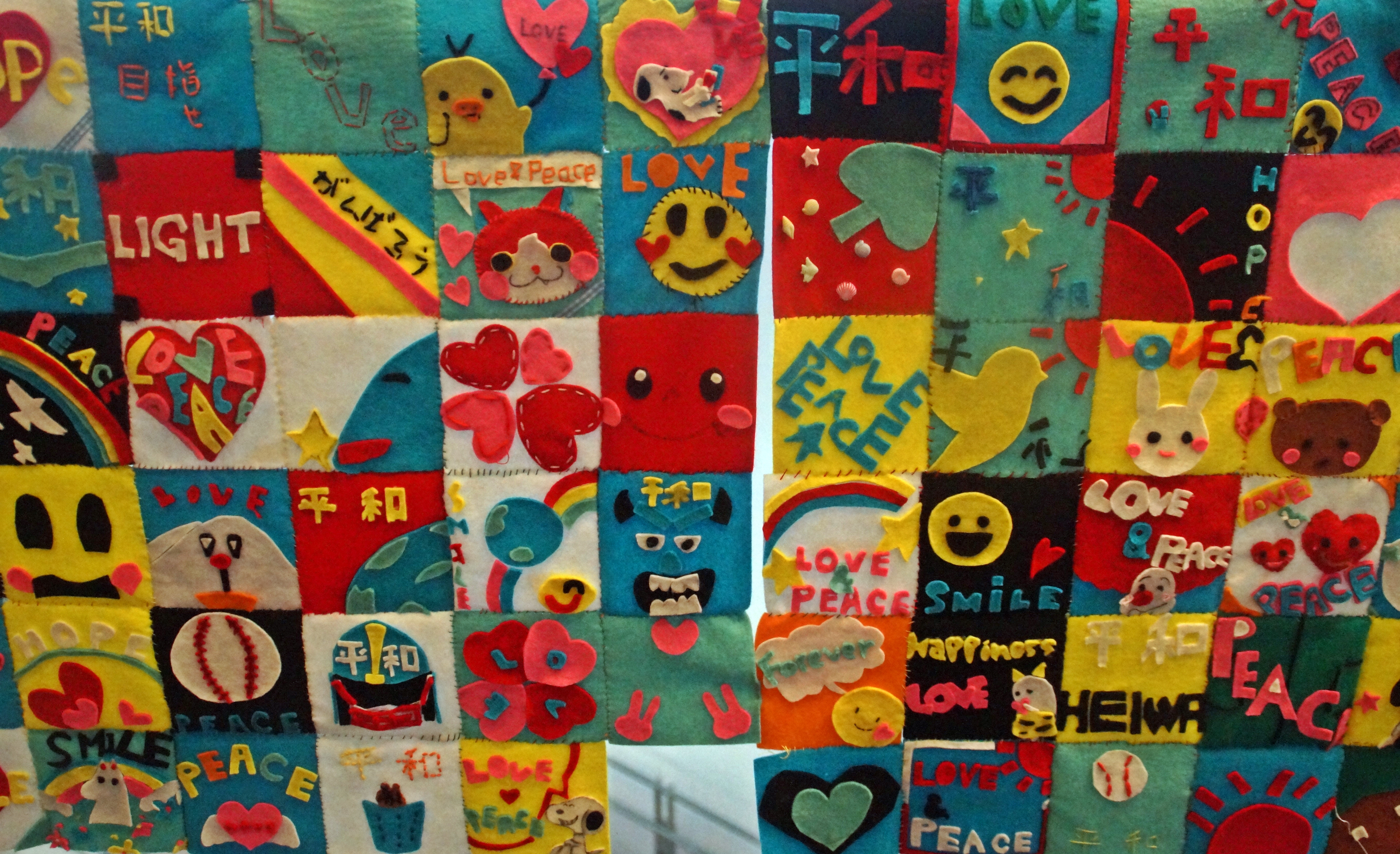
Leave a Comment
Pingback: An abandoned world: A visit to Chernobyl and its ghost towns – Northtrotter on 27/04/2016
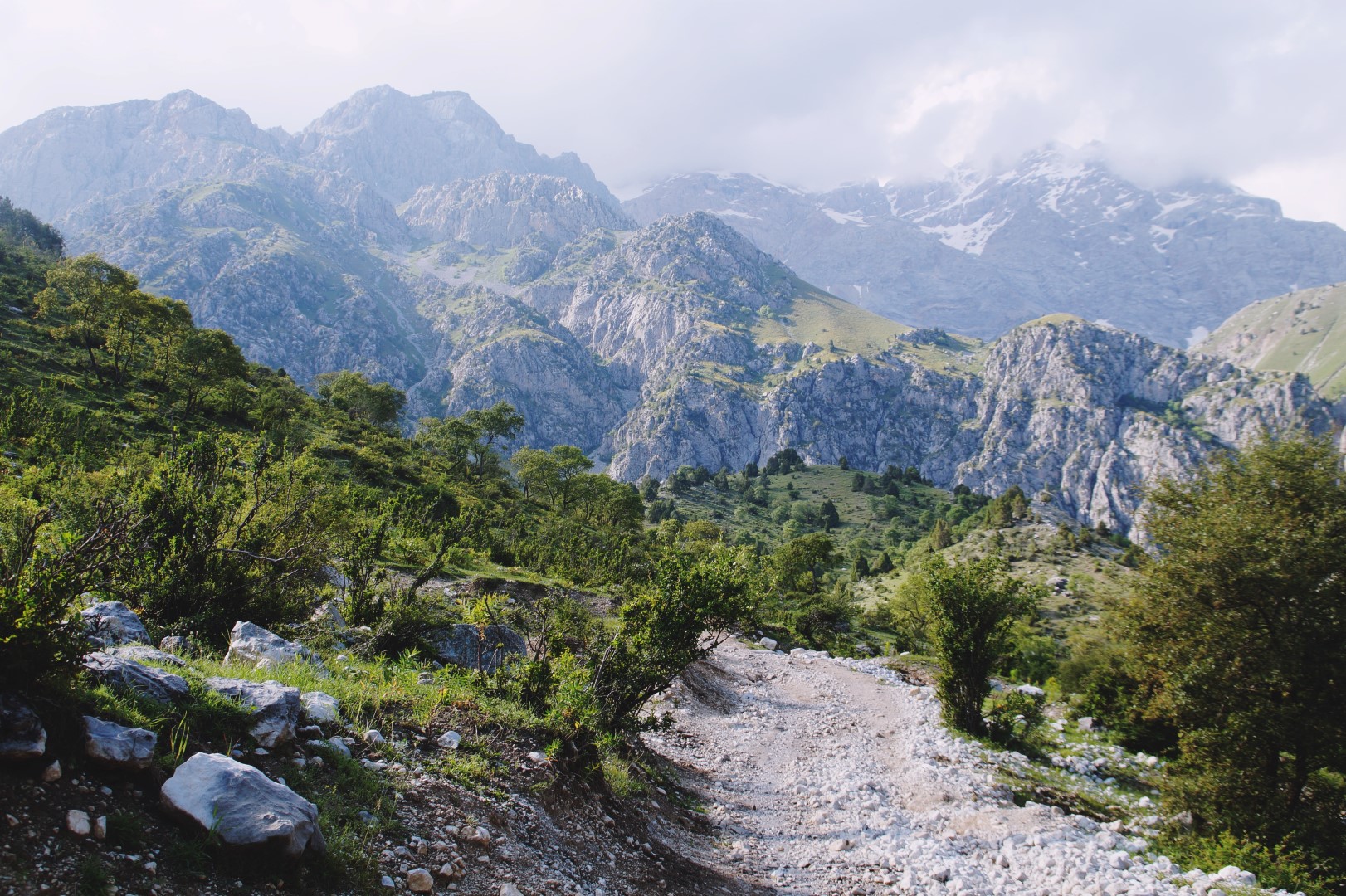

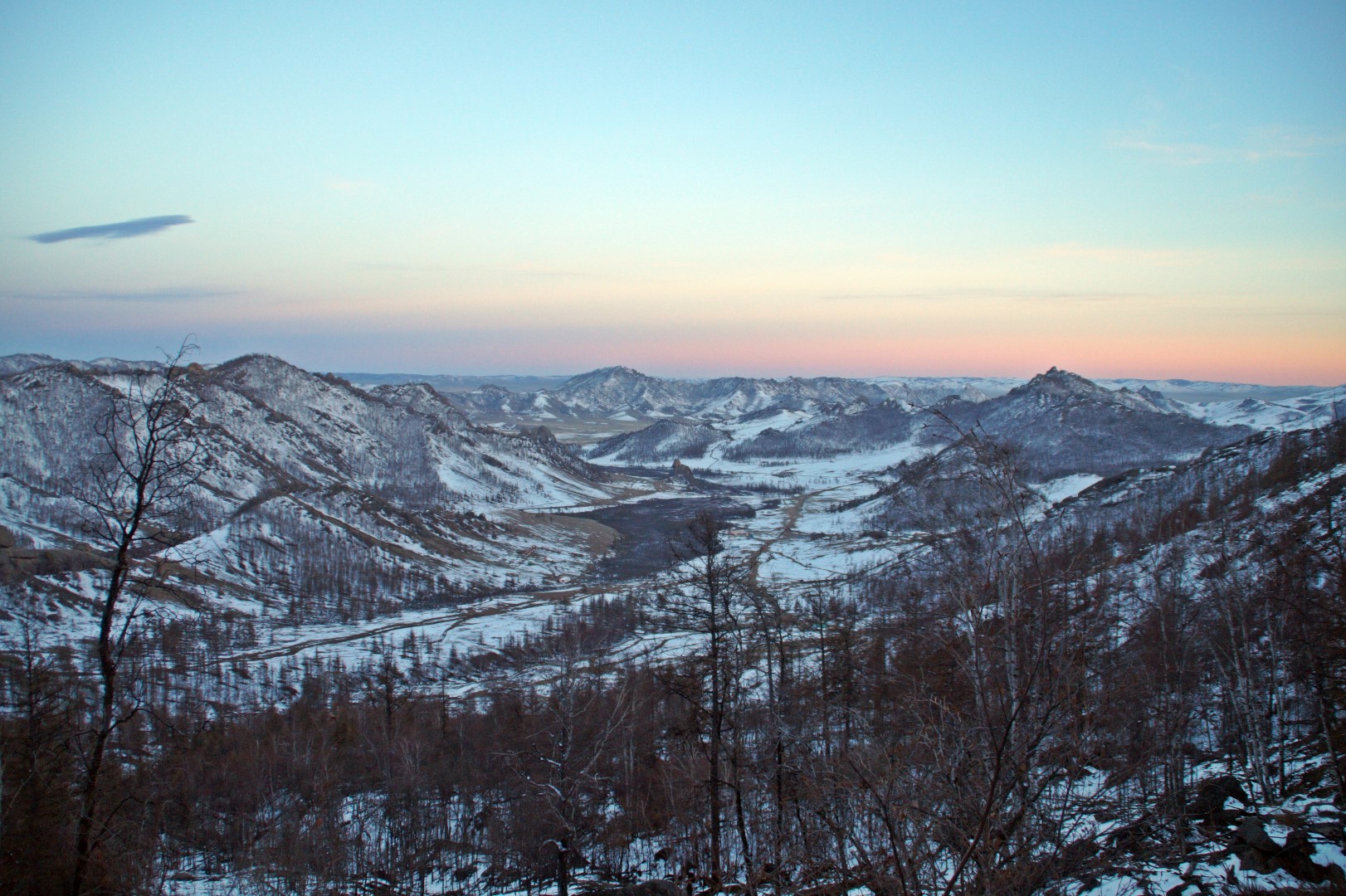

3 COMMENTS
Ann
8 years agoThat’s a very profound visit to such well-known places! It was unique! This topic for me is very close, since we’ve got Chernobyl. It happened 30 years agon, but the radiation effect is still on our immune system. Believe me it is a tragedy, such awful that it is hard to describe. I will tell you a secret, I am 30, so Chernobyl exploded when I was born…fortunately, my grandpa sent us away for several months at that awful April 26, but we came back later and lived in the territory not so far….I will tell you even more, if our young fire-fighters and others did not put their lives, half of Europe would disappear, can you imagine the impact? Topic of atomic bombs and atomic energy is the most painful and tragical ever!
Melissa Cherry
8 years agoOh wow Ann, that’s a crazy story! I can’t believe you’re also affected by it :/ your grandpa was a real hero to get you away from there! I’m so sorry that Chernobyl happened, I hope to visit the area someday, so I can see it with my own eyes :/ big hugs to you ❤️